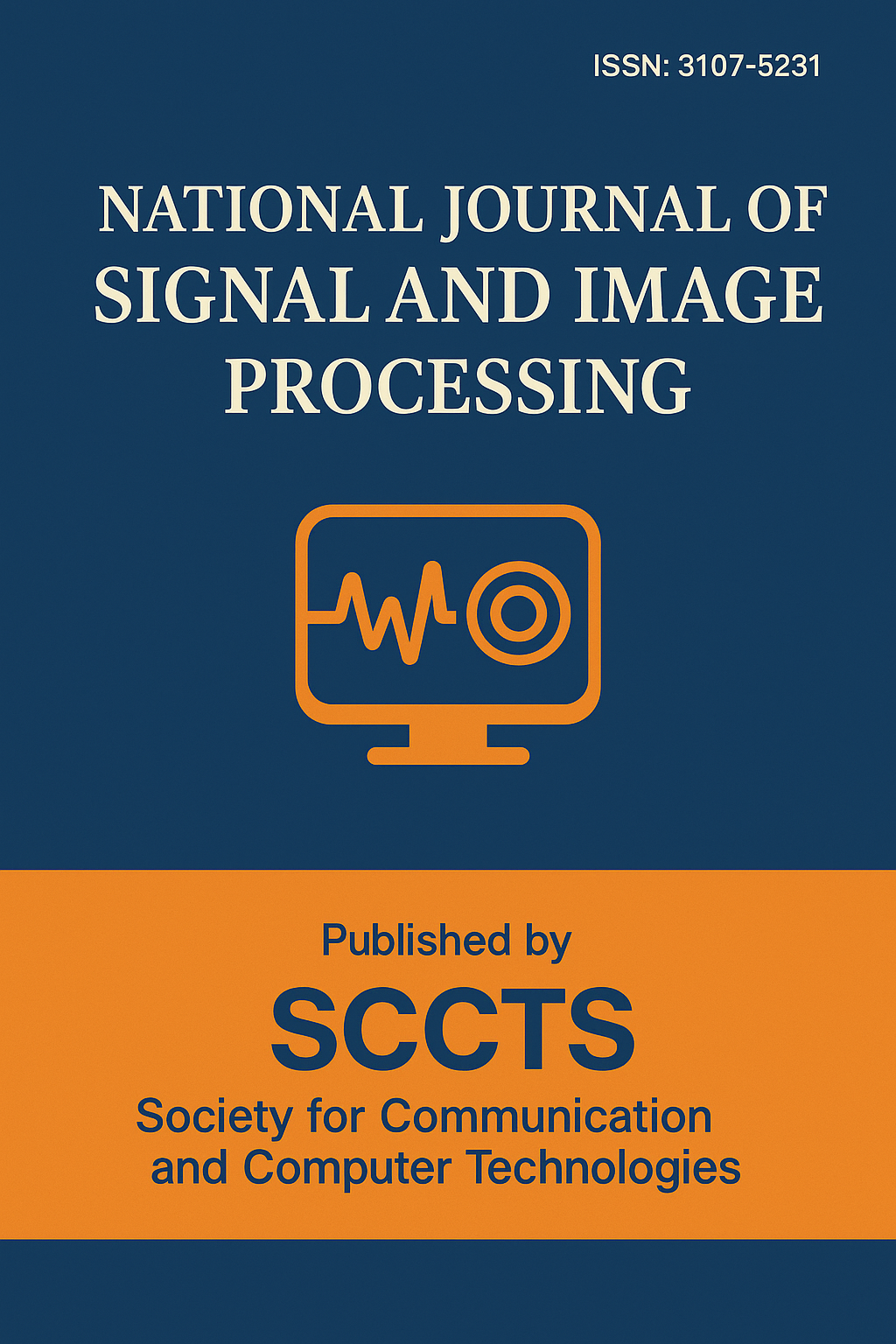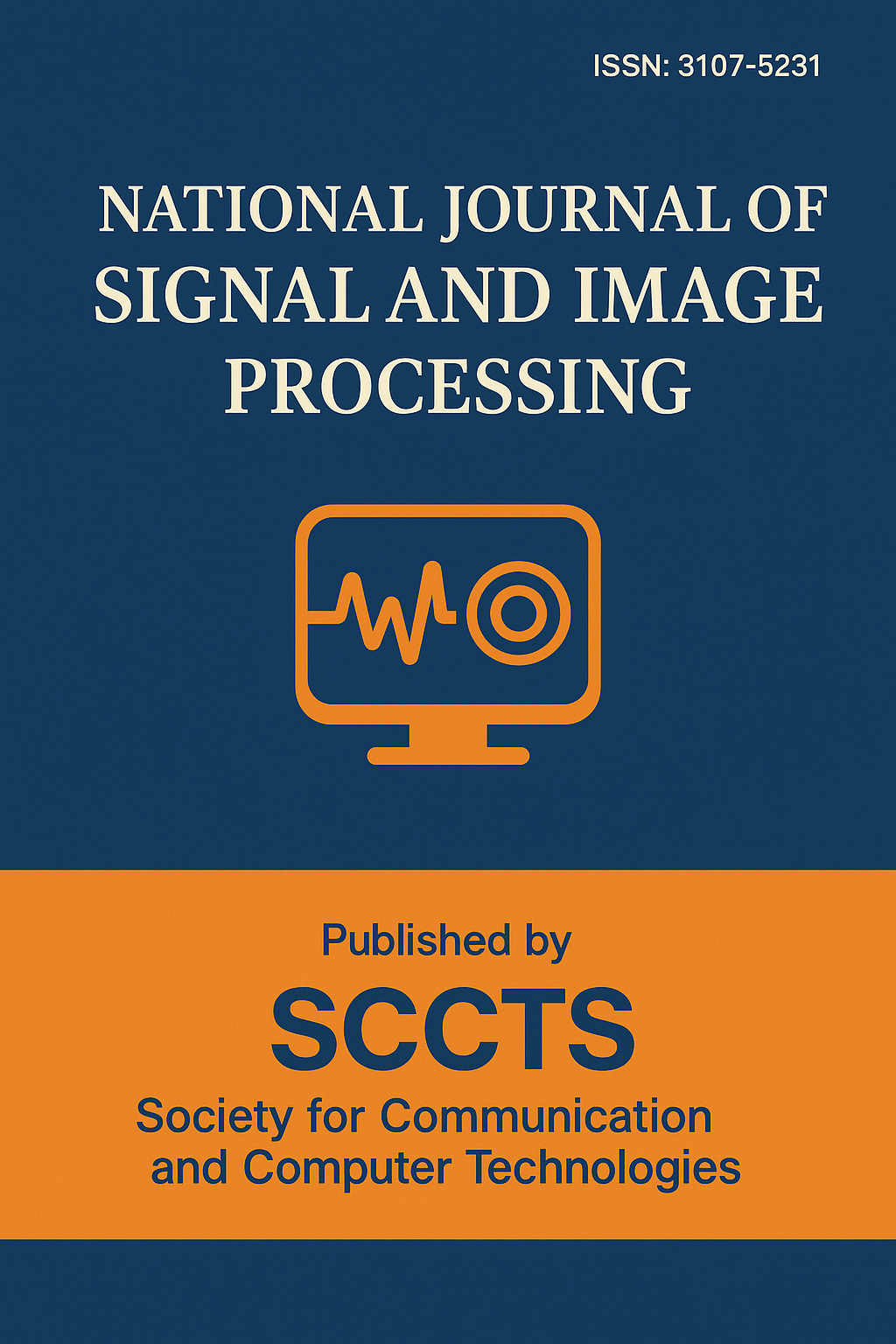Noise-Robust Image Restoration Using Attention-Guided Transformer Networks for Real-Time Visual Enhancement
DOI:
https://doi.org/10.17051/NJSIP/01.03.05Keywords:
Image Restoration, Transformer Networks, Attention Mechanisms, Real-Time Denoising, Embedded Vision, Noise Suppression, AGTNAbstract
Restoring images corrupted by noise is an everlasting process in computer vision, particularly in real-time instances, including the self-governing cars, surveillance cameras, and mobile photo capturing. The proposed Attention-Guided Transformer Network (AGTN) is a novel approach to real-time and noise-resistant image restoration that will be introduced in this paper. The proclaimed architecture has taken hybrid encoder-decoder form, revealing some convolutional layers in local texture decryption with transformer blocks that estimate global dependencies through self-attention in the multifaceted sense. The Attention-Guided Denoising Module (AGDM) learns to be adaptive to image artifacts caused by noise to be coherent to structural details in various levels of noise and distributions at a fine granularity. These experiments train and test the model on common components of image restoration benchmarks: BSD68, Set12, and Urban100, and the result shows a consistent improvement with the state-of-the-art with CNN-based and transformer-based methods. The quantitative performance indicates as much as 31.16 dB PSNR and 0.851 SSIM on Gaussian noise (sigma=25) and major improvements are also found in real-world noise datasets. Further, the model runs with 27 FPS of inference speed on NVIDIA Jetson Nano and the speed was proven to be usable in embedded vision tasks with the 256256 bit image resolution. These findings indicate the promised attentional transformer architectures to be useful in removing noise, distorting structures and use in real-time implementation. Future experiments are planned on the lightweight model derivations, eigen-noises domain adaptation to novel type of noise, video and multimodal restoration.






